Last Updated: July 12, 2023
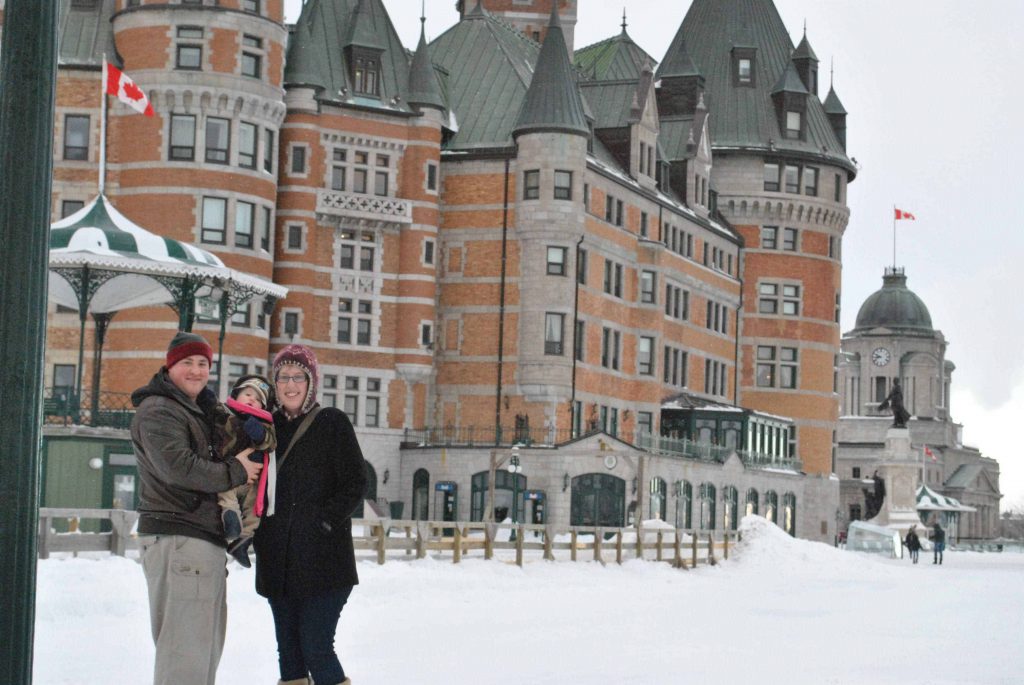
Winter Road Trip Essentials and Tips. Check out these tips on how to be safe and legal while taking a road trip with the kids in Europe.
Preparing for Winter Travel
Winter travel is a complete 180-degree turn from summer fun. Clothes are bulky, the weather is colder DUH!, and the preparation demands of frosty adventuring come into play. My tapped out tips for winter adventures, Day trip, and hotel hopping are meant to keep you organized, well packed, safe, and on track for your vacation and holiday travels.
[toc]
To which I earn a small commission, at zero cost to you!
Find more info in our Privacy Policy.
Pack light but wisely
Since winter means more layers, and colder temperatures often slow us down, you will want to make sure you pack only the essentials. Over packing your car with clothes can take away precious space from other essential items, like a winter emergency car kit, for example.
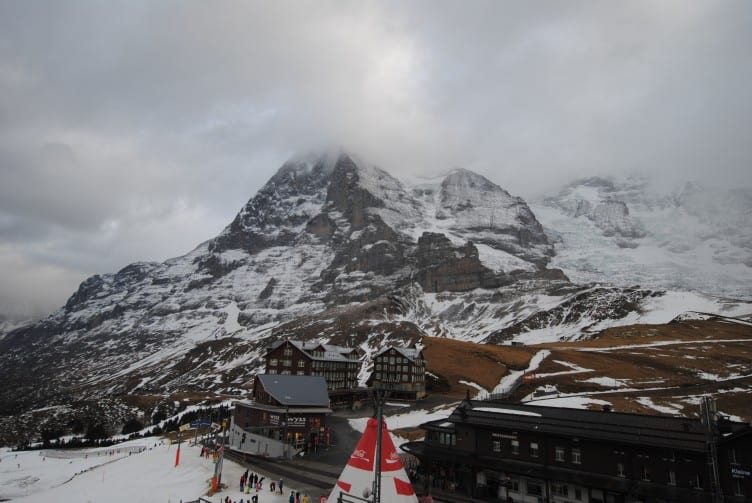
What to Wear on a Road Trip
As many have mentioned before me, wear your biggest items while in transit. This will save precious space in your luggage. Your jacket can be placed on your lap or under your seat, boots are often easier to remove at security than sneakers, and do you really want to fumble through your luggage for your hat/glove/scarf once you land? In the arm of the jacket or in a pocket while in the air and you won’t lose a thing.
However, be careful when applying this “flying” recommendation to road trips. Wearing your bulkiest shoes may be a great idea to keep them out of the trunk, but your jacket should be removed when strapped in the car. The bulkiness of your coats will impair the function of your seat belts. They need to be as close to your body as possible.
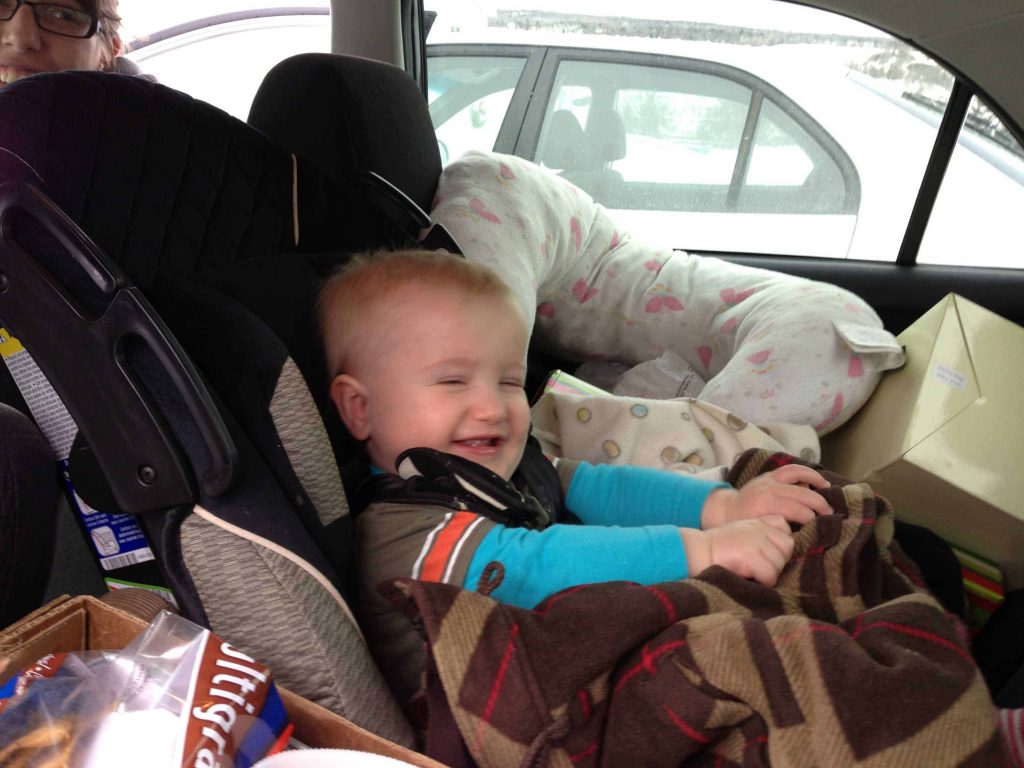
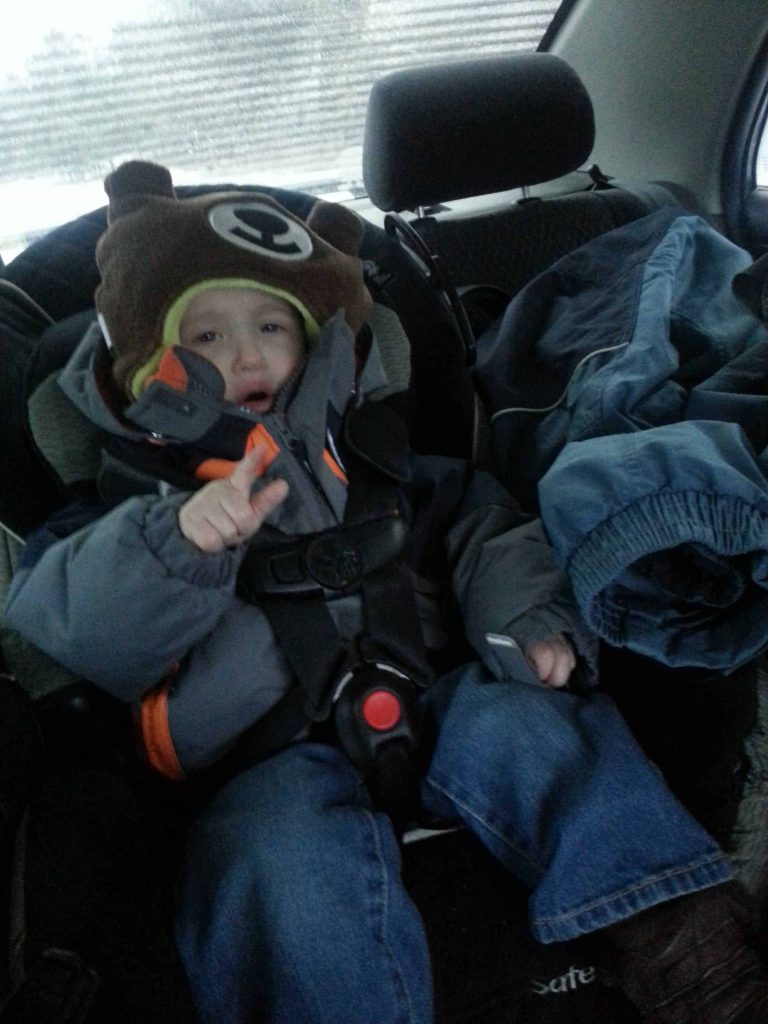
Plan your time wisely
When planning a road trip, don’t just go by what Google Maps says. Keep your km in mind, as well as weather conditions, road conditions and your fellow drivers. While the autobahn may say unlimited, and your average speed is 130 km/hr, during a snow storm I would not drive any faster than 80-90 km/hr.
Taking side roads may offer a better view of the countryside but may not be cleared of snow often enough, if at all. Black ice, heavy rain or heavy snow can turn a 5 hour drive into an 8 hour drive.
Don’t be afraid to stop and stay the night. When we drove from Greenwood Nova Scotia heading back home a few Christmas’ ago, we planned on stopping in Fredericton, New Brunswick for the night. Well, the weatherman had other plans and visibility was scarce by the time we reached Springhill, NS. We tried to drive through it but between early night fall, heavy snow and we all know what headlights do to snow fall, we were forced off the highway and spent the night in a strange town.
This also means planning your rest stops, gas ups and meal breaks; know where they are along your route and never wait until the last minute.
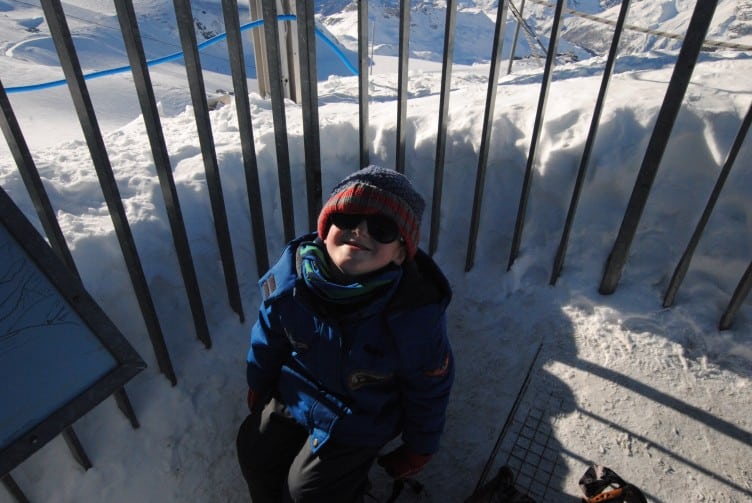
Winter Emergency car kit and blanket in case the car breaks down
If you are driving, it is always best to have an emergency car kit and thermal blanket. This is different than a first aid kit. An emergency car kit has booster cables, rope, garbage bags, spare hat/gloves/scarf, a form of fire starter and maybe even some non-perishable food supplies. You never know when something will happen, or where on the highway it will happen. It could be in the middle of town, or very far from it. No one ever wished they weren’t prepared.
Check out this Winter emergency kit on Amazon, and this thermal blanket. It doesn’t look like much but I have played with one at hubby’s work and they are super warm. Why a thermal blanket and not a regular fleece or cotton blanket from home? Mostly, thermal is space saving, but also waterproof (snow is water after all) and some are flame retardant, should you encounter an open flame during your road trip (by choice or by accident).
Keep your car organized
We hotel-hop often so keeping the car clean, organized and safe is always a challenge. You want to make sure you can find your emergency needs every time you jump in the car. Your reflectors, security vests, and flashlight need to be easily accessible. Once the luggage starts going in and out of the car, it is easy to misplace these essential items. Have a designated spot for your emergency car kit and emergency road-side kit and make sure everyone in the car knows where it is.
What’s an emergency road-side kit? European road laws require all vehicles to have reflective caution cones in case of break down and enough reflective vests for everybody in the vehicle.
Also, keep the free-flying objects in the backseat to a minimum. Easier said than done with little ones and limited trunk space, I know, but it is a safety issue. The last thing you need is flying objects during an accident.
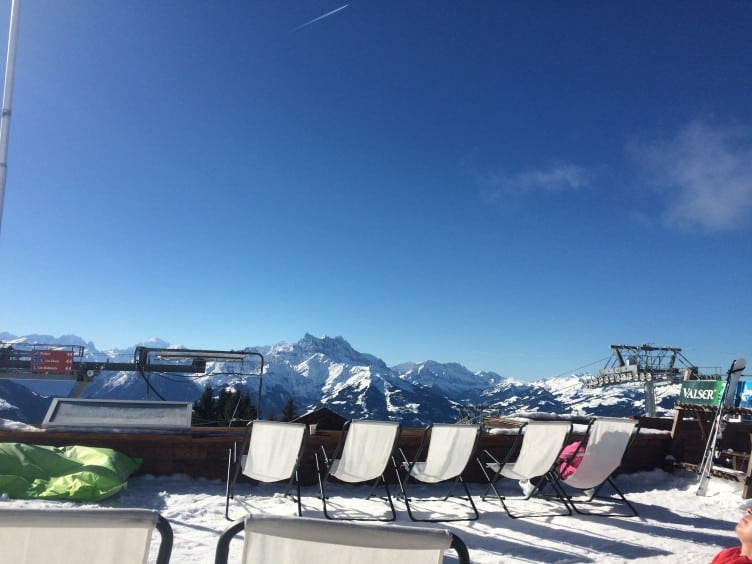
Keep devices charged
Cold weather tends to drain batteries faster than warm weather. Charge your devices early and often. If they haven’t been used in a while but still subjected to the elements, you might want to charge them again just to be sure.
This also means your car battery will die that much faster if left on. However, many countries have strict “no idling” laws. Do not leave your car idle just to keep it warm while you are paying for gas.
Travel tip; bring your kids into the store with you, even if they are sleeping unless another adult is in the car with them. While we have all heard of those unfortunate babies left in the car during hot summer days, there are just as many stories of cars that are being stolen from the parking lot with precious babies inside because someone left the car running. I know how hard it can be to juggle two kids, no partner to watch them and needing to slip inside for just a second. It may be easier to just leave them, but it’s not worth it. Try searching for a gas station that is full service or has pay at the pump.
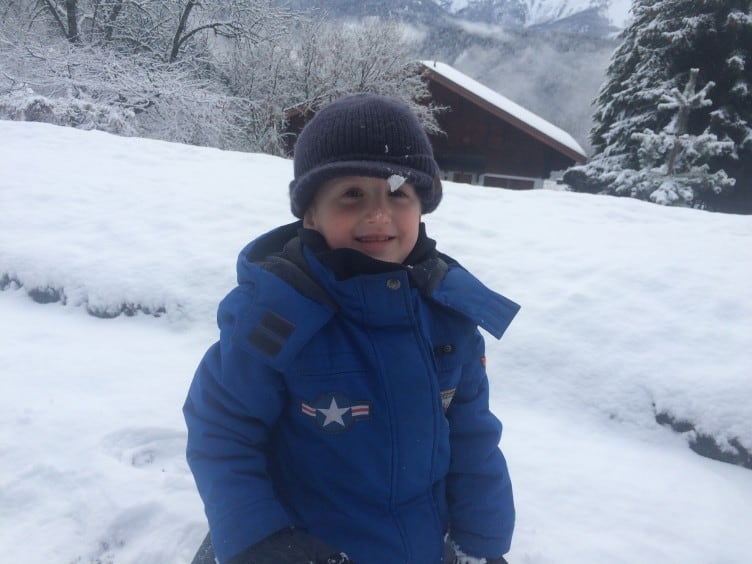
Keep proper hygiene
Wash your hands often to keep germs away. Also, Wool items tend to attract dust and hang on to body moisture so make sure you wash wool items often.
Your body does secrete fluids even if you are not sweating, as well as shedding more skin cells due to the cold and dry weather. Showering regularly will keep you clean, your skin from drying out and allows you to wear those jeans just one more day.
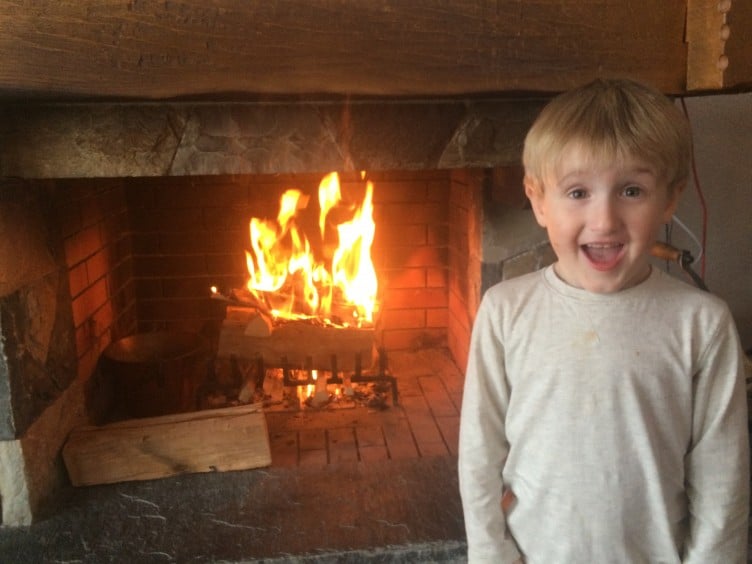
Allow time between flights for delays
Just because it is beautiful and warm at your point of origin and destination, doesn’t mean your layover will go over smoothly. Leave plenty of wiggle room for hotel check-ins, activities and the like to accommodate any delays during your layover. Guaranteeing everything with a credit card is strongly recommended; don’t want that hotel room to be sold to someone else while you are stuck in traffic at 2 am (been there, done that; not fun).
Same goes for the reverse; you want to make sure you have enough time during your layover to make up for any flight delays you may experience at the point of origin. They will try to hold the flight for all late arrivals but a schedule needs to be kept and if your plane is very late, they can only accommodate so much before bumping you to the next flight.
Because of all these “ifs”, I don’t recommend scheduling anything for landing day. Check into the hotel, relax, unpack, and go for a walk. If you accomplish more, perfect. If not, that’s ok too.

Don’t wrap gifts
Depending on the type of wrapping paper, it can interfere with the x-ray machines, as well as just looking suspicious. TSA members will most likely unwrap the gift for further inspection. This is true for both carry-on and checked baggage. I’m fairly certain the party it was meant for will have wrapping paper waiting for you, or use a gift bag instead – it’s reusable too.
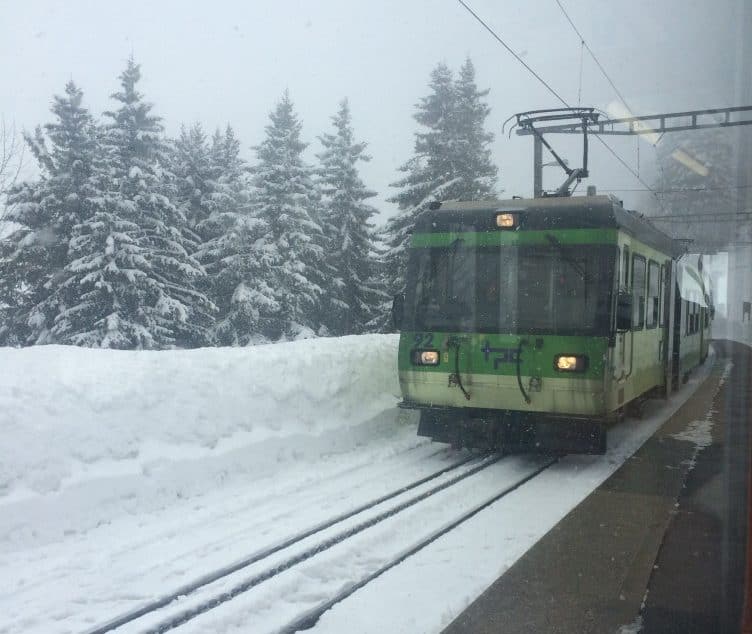
Avoid peak travel dates
If your travels are flexible, try changing your dates a little to avoid peak travel times. Not only will the flights be cheaper (even if marginally, saved is saved), the airport should be less crowded and will make for a much calmer experience.
Have the car serviced and repaired
Winter is hard on cars; have your vehicle serviced and any problems corrected in advance of your trip. Give yourself enough time to have the parts brought in and the garage install them before heading out; the day before you leave is not the time to do this. The closer to peak vacation time you get, the busier your local garage will get.
Travel Tip; it is illegal to break down or run out of gas on the side of the road in most European countries. There are designated ‘breakdown’ areas that are marked with an emergency phone but the shoulders are not wide enough for just anyone to pull over ‘willy-nilly’. There are plenty of gas stations, rest stops and “break down” areas along the highways, so use them wisely… I also don’t suggest pulling over to tinkle, though with little ones and their little bladders, this is easier said than done. Try a travel potty if you don’t think the little ones can hold it.

Have winter tires installed!
Same goes for winter tires; the day of and subsequent week of the first snowfall will be the busiest few days your local garage will see in the season. If you can’t properly do it yourself (rotating the tires, making sure they are tight and balanced; it’s not as simple as you would think if you don’t know what you’re doing), book your appointment in late September, early October. Also, replace them every few years; bald tires are useless.
Check the laws of the countries, or even provinces/states you are traveling through. Some have it required by law to have winter tires, or even tire chains, between certain months of the year. Others have made tire chains illegal. Confused yet? Good. Research!
This is for everyone’s protection and therefore tourists are not exempt from this law. If you are renting a car, bring your emergency kit with you and still research the local laws before accepting the vehicle. Make sure the provider is in line with the laws and don’t accept anything less than compliant.

If there is room, pack a bag of kitty litter
Not only will this help weigh your back end down and help keep the skidding to a minimum, but also helps gain traction under your tires when you do find yourself in trouble. Place the litter in the center of the car or one bag above each wheel well.
When you do find yourself stuck, open one of the bags and sprinkle some litter as close to the tires as possible, and along the path you want your tires to take. This will help gain traction and get yourself out of trouble without needing to call for help.
Road trip packing list for families
Let’s recap our must-have items for just a minute
Winter Travel Clothes; Jackets, Gloves, Hats, Scarf, Boots, Thermal Pants or Snow Pants
Emergency car kit; thermal blanket, booster cables, rope, garbage bags, spare hat/gloves/scarf, a form of fire starter and maybe even some non-perishable food supplies
Emergency road-side kit; reflective caution cones, and enough reflective vests for every body in the vehicle.
Bringing it all home
A few of these winter tips may seem a little excessive, but they are for your own personal safety. We follow through with these every time we get in the car and I have been lucky enough to not need them. I am often tempted to leave them behind for more space in the car, then I quickly change my mind when I remind myself why I am doing this; I want to come home safely and in one piece from these vacations.
I mean, really, winter tires cost a lot of money, why not use them just one more year? Just like traveling with insurance; if you can’t afford the safety precautions, you can’t afford to travel. Think of it this way; if you aren’t prepared and you do get into an accident, will your insurance cover it?
In Canada, we get discounts on our car insurance for having winter tires, but we are also refused reimbursement if an accident was caused by seasonal conditions and it was preventable with winter tires. That means I have to pay for my car, buddy’s car, my hospital, his hospital (we have free health care but you get the point), and any lost wages due to the accident.
Your Thoughts...
Please share your thoughts in the comments or reach out on social media...We would love to hear from you.
You May Also Like…
Snow loving Canadian in Germany
Winter gear for the ever-changing European weather.
Celebrating an International Christmas

